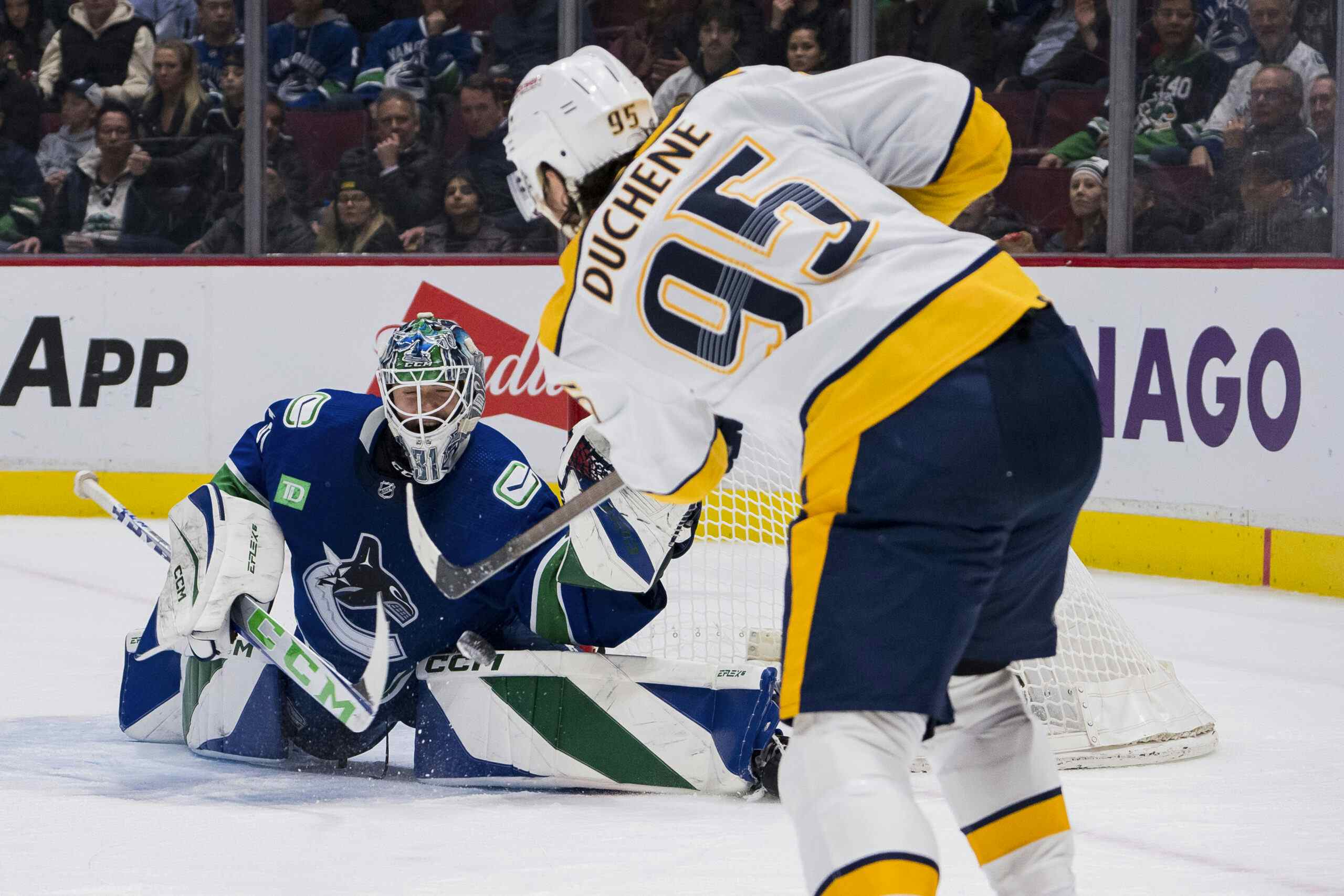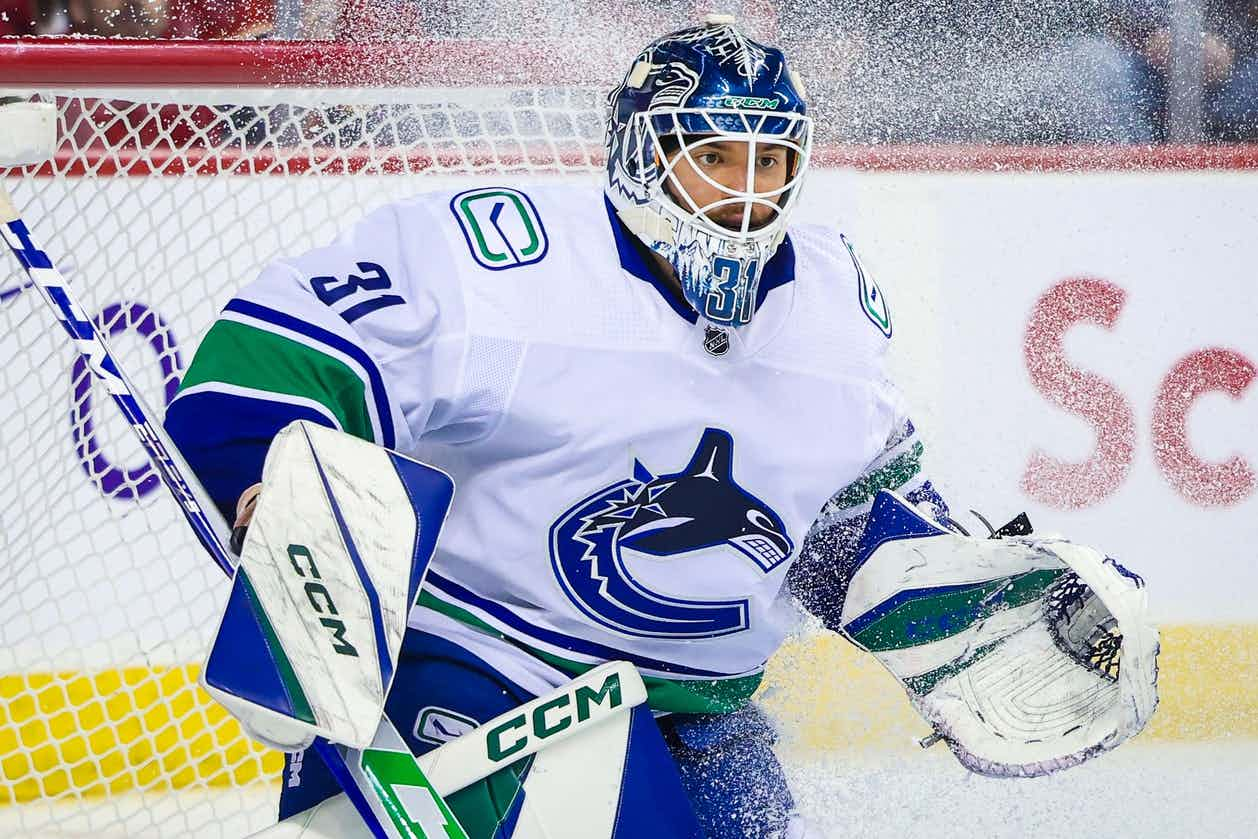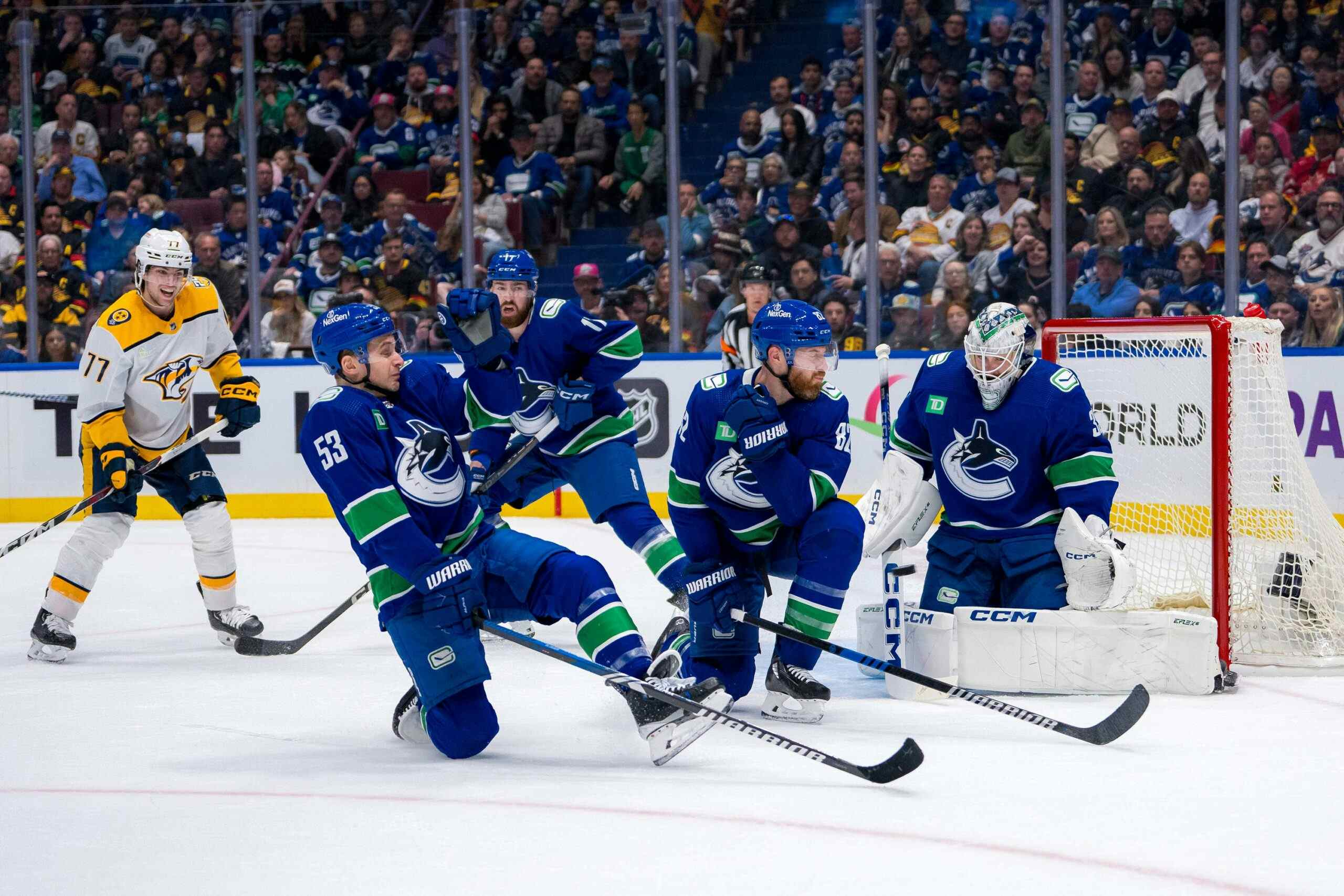The Mark Messier era: Why were the ’98 Canucks so horrible?
By Cam Charron
12 years ago
All this news has popped up about the Vancouver Canucks apparently owing money to Mark Messier. I’d rather not get into the legal ramifications, because I’m no lawyer, but instead I’d like to ask… why weren’t the Canucks, such a good team in 1997-98 on paper, such a bad hockey team in the end?
Take a look at the team’s opening night roster:
-Pavel Bure
-Mark Messier
-Trevor Linden
-Markus Naslund
-Martin Gelinas
-Dave Scatchard
-Gino Odjick
-Mark Messier
-Trevor Linden
-Markus Naslund
-Martin Gelinas
-Dave Scatchard
-Gino Odjick
-Jyrki Lumme
-Mattias Ohlund
-Dana Murzyn
-Dave Babych
-Mattias Ohlund
-Dana Murzyn
-Dave Babych
-Kirk McLean
This group finished with 64 points, 24th out of 26 teams.
There’s a pretty good list of names there, enough forwards for two decent lines. The team had lost Mike RIdley, but made up for it with Dave Scatchard, a two-way 21-year old centreman. The defense, a mix of youth and experience, offensive and defensive, looks to be a pretty strong corps at least on paper. And, of course, the team had Kirk McLean in goal, and Alexander Mogilny and Bret Hedican waiting to come off the injured list.
This is where I bring up a team’s Fenwick percentage or PDO in an effort to shed some light on team performance versus actual production, but that data doesn’t exist. All we have to deal with are basic NHL.com scoring and shot data.
Nothing for even strength alone, but, while a bad year that caused then-General Manager Pat Quinn Mike Keenan to trade away half the team for half of the team that would end up being good in 2003 could have been attributed to shooting percentages, that just wasn’t the case. In fact, the Canucks got lucky in that regard—their 10.7% as a team was the third highest in the NHL. The trouble with Vancouver was generating shots: they put just 25.5 pucks on net in 1997-98, the 2nd worst measure in the NHL.
Pavel Bure had 300 shots. No other player had 200. Big offseason pickup Mark Messier, 227 shots a season before, slipped to 139 in Vancouver, who ditched their red, yellow and black jerseys this season in favour of the maroon and navy the team was known for during the West Coast Express era. Somehow in the mix, the team lost 200 shots on goal. The Canucks didn’t have any big shooters in 1996-97, but the acquisition of Messier left the Canucks scrounging in depth and couldn’t generate replacements for Russ Courtnall, Esa Tikkanen or the retiring Ridley.
This tale should serve as a cautionary example to teams looking to make a big impact with one superstar, or by loading up a top-heavy team. A team isn’t made based on whether or not it has a 40-or-50 goal scorer. Often, a more successful team will simply have a lot of guys who score 20-or-so over the course of the season.
When the Canucks signed Messier, they gave up a lot of depth. They expected their defense to contribute, and for their goaltending to be somewhat competent. None of those things happened, and Quinn was forced to re-tool the roster during the season, trading team legends McLean, Linden and Odjick. Pavel Bure, frustrated with the team, held out on his contract the next offseason, and he was gone as well.
With the slumping dollar and the team suffering at the gate as a result, the Canucks expected they needed a superstar to make the team more attractive. But there is something in hockey more attractive to fans than a superstar: a winning team.
Recent articles from Cam Charron





